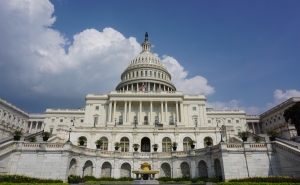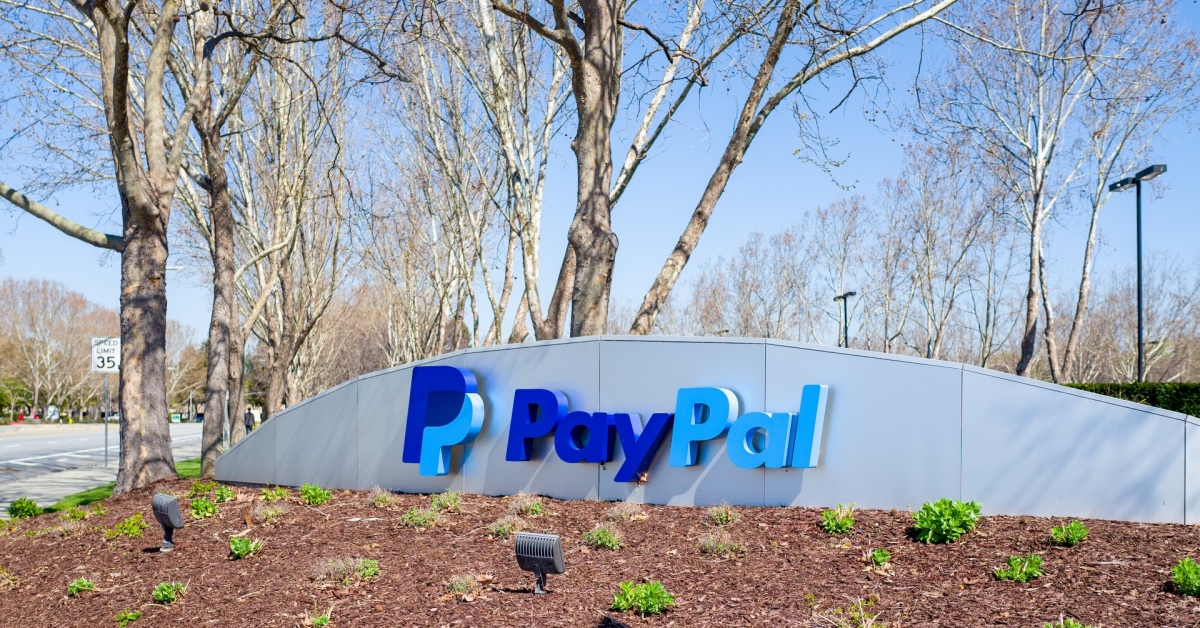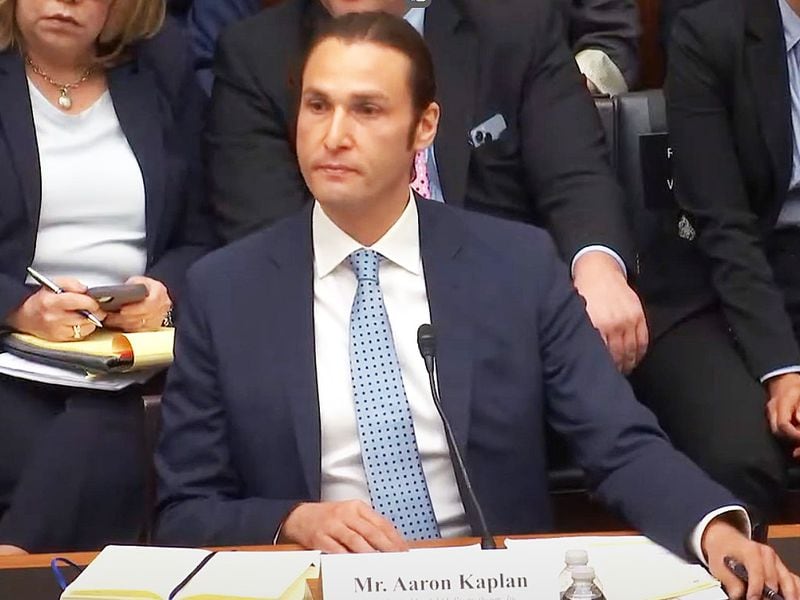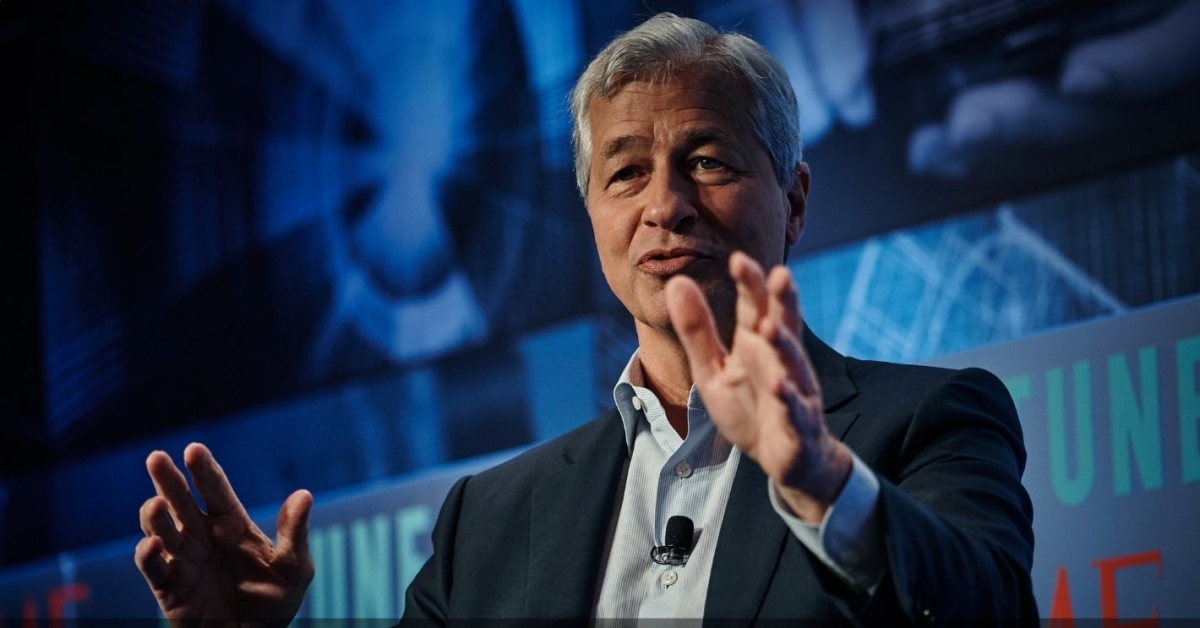BitGo to Enter Stablecoin Market With Reward-Bearing USDS Coin
-
BitGo says it is launching a stablecoin in January 2025
-
Called USDS this stablecoin will provide rewards to the institutions which power its liquidity.
SINGAPORE — BitGo plans to introduce a dollar-backed stablecoin next year, differentiating itself in a crowded market by offering rewards to institutions that provide liquidity to the network, the crypto custody firm announced at Token2049 in Singapore.
The stablecoin, dubbed USDS, will be backed by short-duration Treasury bills, overnight repos, and cash, like others on the market. It will be what BitGo calls the first open-participation stablecoin.
“The main reason for launching USDS is that, while existing stablecoins serve a good function, we see an opportunity to create a more open and fair system that promotes innovation and, most importantly, rewards those who build the network,” CEO Mike Belshe said in an interview with CoinDesk before his keynote at Token2049. “A stablecoin’s true value comes from the people using it, the liquidity they provide, and the access points for interchange.”
A stablecoin is a type of cryptocurrency whose value is pegged to another asset class, such as a fiat currency or gold, to stabilize its price. They are used widely in crypto trading and provide most of the liquidity in decentralized finance (DeFi).
The biggest are tied to the U.S. dollar, a market that’s dominated by Tether’s USDT, with a market cap of about $119 billion. The No. 2, Circle’s USDC, is about a third of the size.
BitGo’s offering will differ from its rivals with its rewards-based approach, which incentivizes institutions that are providing liquidity to the USDS network by distributing a portion of the returns generated from its reserves.
“At the end of each month, we generate some return from the cash being held in the underlying fund, and we will pass it back to the participants on a pro-rata basis, based on their custody of the asset,” Belshe said.
While this might sound like it is treading dangerously close to being a dividend and thus classifying the whole operation as an investment contract, Belshe says the difference lies in that it’s not distributing the proceeds to the end user, but rather to the institutions providing the liquidity.
Other stablecoins have tried creating yield-bearing stablecoins and rewarding end users. But as a compromise, they’ve needed to exclude the U.S. from the available markets.
“You end up with either the folks that opt into only the U.S. market, and then the folks that opt into only the non-U.S. market, like Mountain Protocol or Lift Dollar out of Dubai. They can’t sell in the United States because they are a security,” he said.
BitGo plans to list USDS on all major exchanges and is targeting $10 billion in assets held within the stablecoin by this time next year.
Edited by Sheldon Reback.
Disclosure
Please note that our
privacy policy,
terms of use,
cookies,
and
do not sell my personal information
has been updated
.
CoinDesk is an
award-winning
media outlet that covers the cryptocurrency industry. Its journalists abide by a
strict set of editorial policies.
In November 2023
, CoinDesk was acquired
by the Bullish group, owner of
Bullish,
a regulated, digital assets exchange. The Bullish group is majority-owned by
Block.one; both companies have
interests
in a variety of blockchain and digital asset businesses and significant holdings of digital assets, including bitcoin.
CoinDesk operates as an independent subsidiary with an editorial committee to protect journalistic independence. CoinDesk employees, including journalists, may receive options in the Bullish group as part of their compensation.
:format(jpg)/s3.amazonaws.com/arc-authors/coindesk/ff7c302f-d3ab-4905-92e1-2f7f5106d13c.png)









